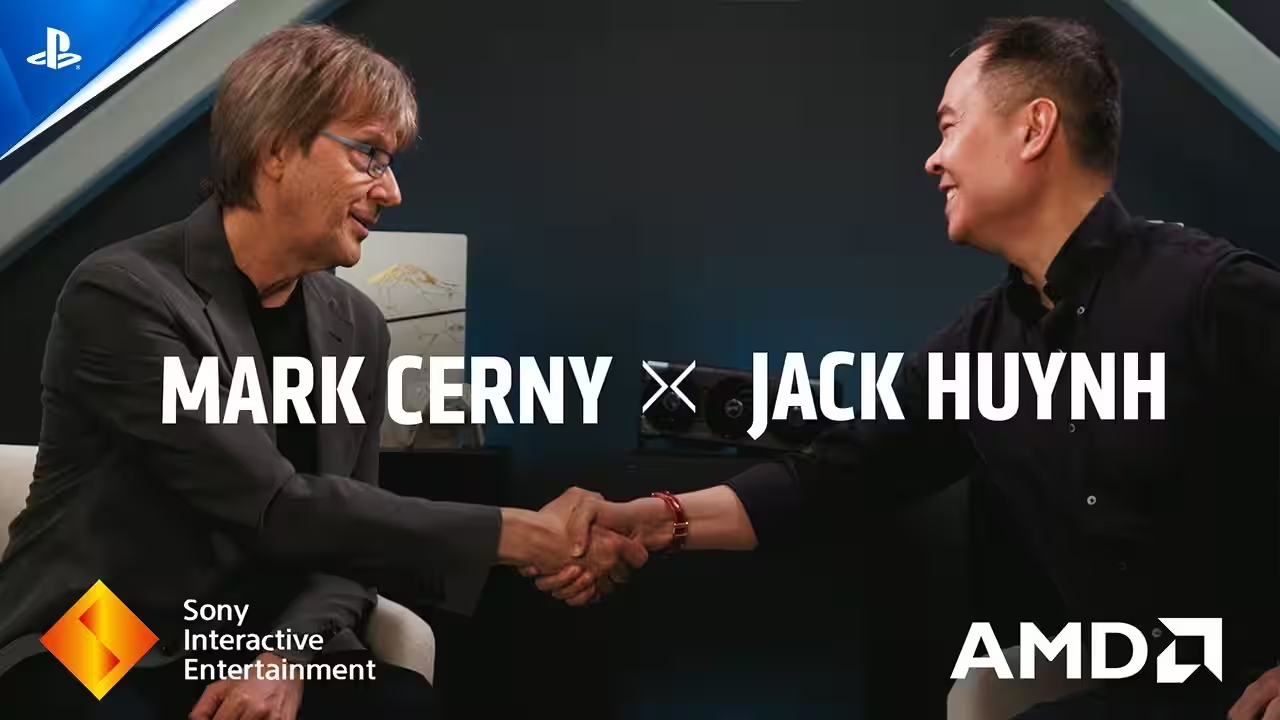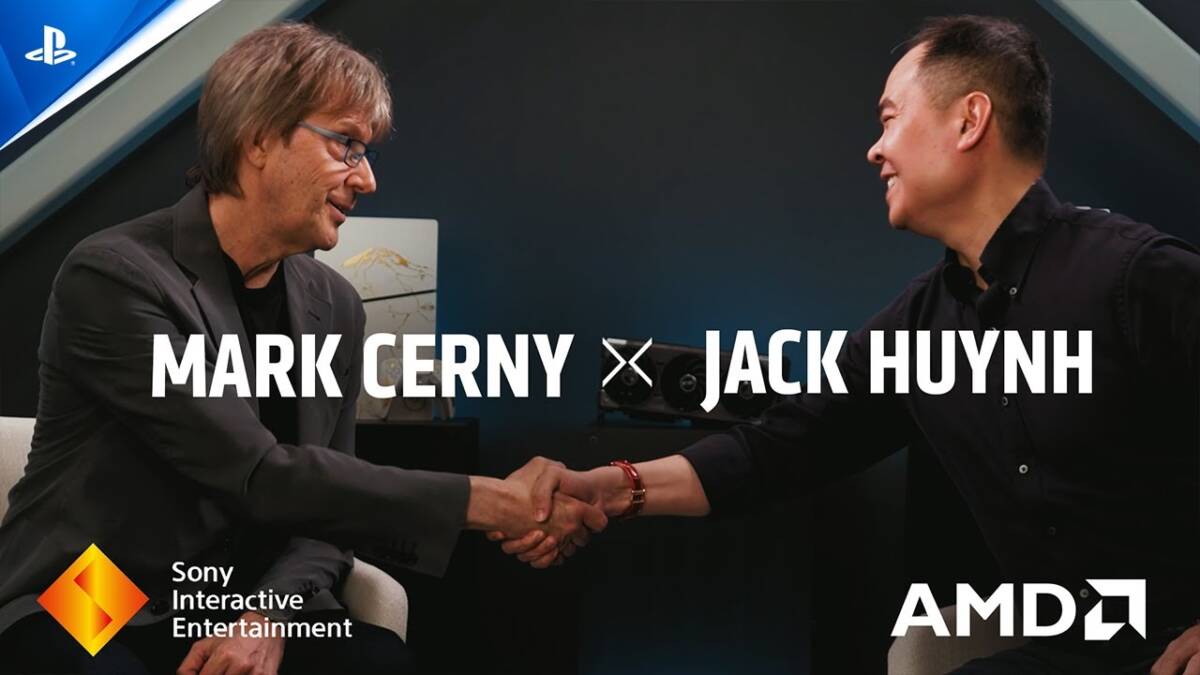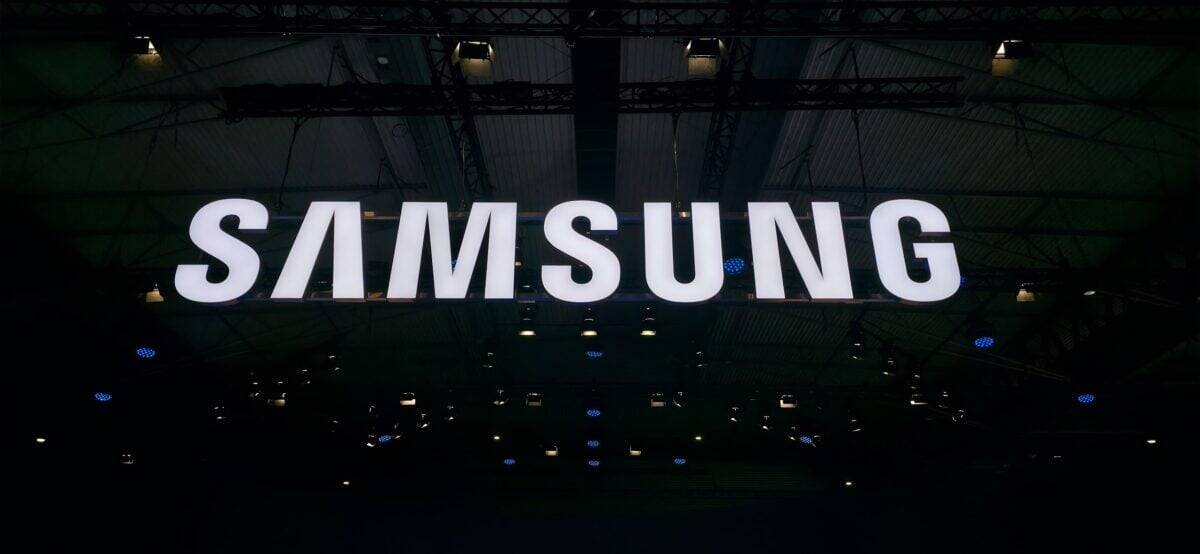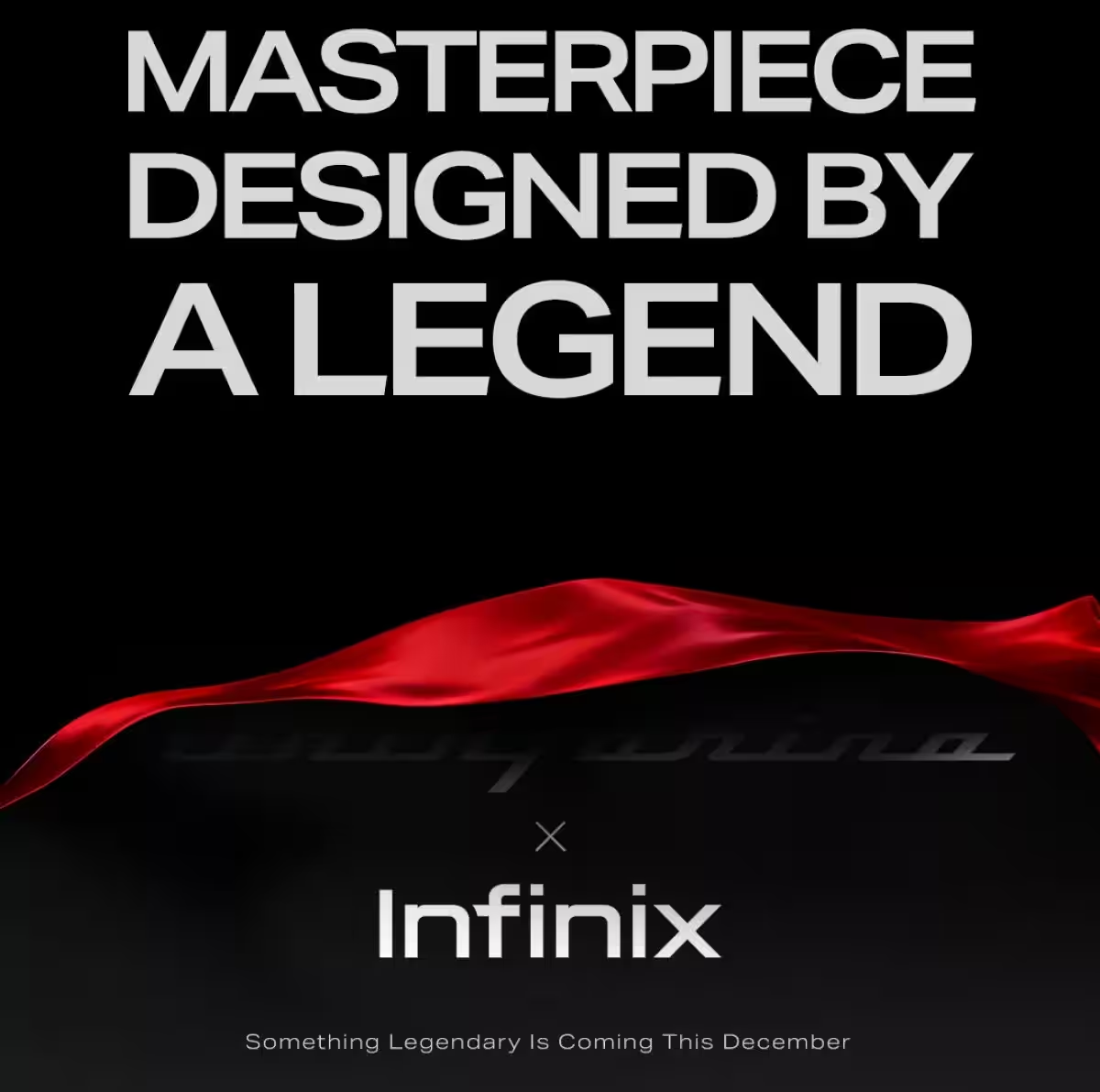Sony and AMD unveiled a new technology base for PlayStation 6


Sony has released a new video with Mark Cerny, and it turns out to be really important — both for the next PlayStation console and AMD’s upcoming GPUs. In the nearly nine-minute video, Cerny, the lead architect of the PlayStation 4 and PS5, talks with Jack Huynh, senior vice president and general manager of AMD’s Computing and Graphics Group. The topic of conversation was a joint development codenamed Project Amethyst — a set of new technologies that Cherney says «only exist in simulations» so far. These solutions are aimed at improving performance in ray tracing, upscaling and other machine-learning-based visualization techniques.
Amethyst is a set of new technologies that Cherney said are designed to improve performance in ray tracing, upscaling and other machine-learning-based visualization techniques.
As you know, AMD graphics cards have historically been inferior to NVIDIA RTX in ray tracing performance. AMD previously tried to compensate for this with faster rasterization speeds, but the company now admits that this approach no longer works for today’s graphics-intensive games. «Trying to «take power» ray tracing —is a path to nowhere», — Huynh noted. The solution will be a new architecture that combines two key hardware innovations, Neural Arrays and Radiance Cores.
A new architecture that combines two key hardware innovations, Neural Arrays and Radiance Cores, will be the solution.
In older AMD GPUs, the compute units ran independently —this used to be efficient, but today’s games increasingly use resource-intensive upscaling techniques such as FSR and Sony’s own PSSR system, resulting in efficiency losses. Neural Arrays should solve this problem by allowing computational units to interact and share data.








